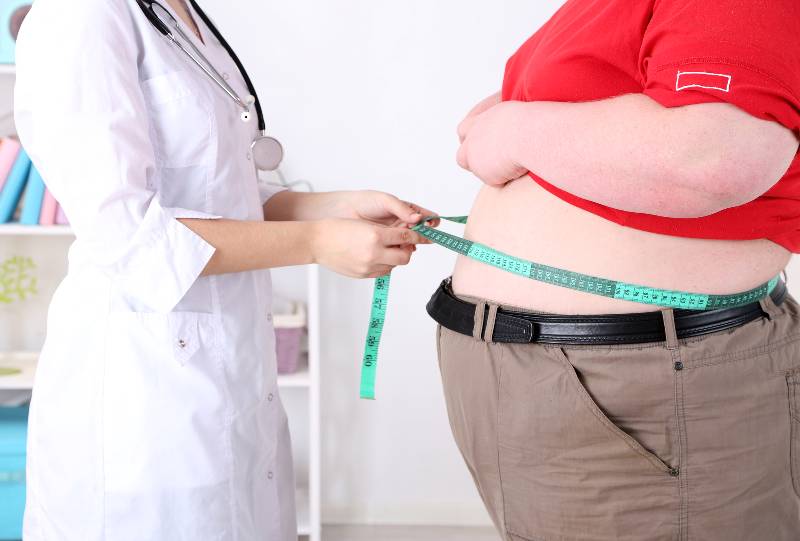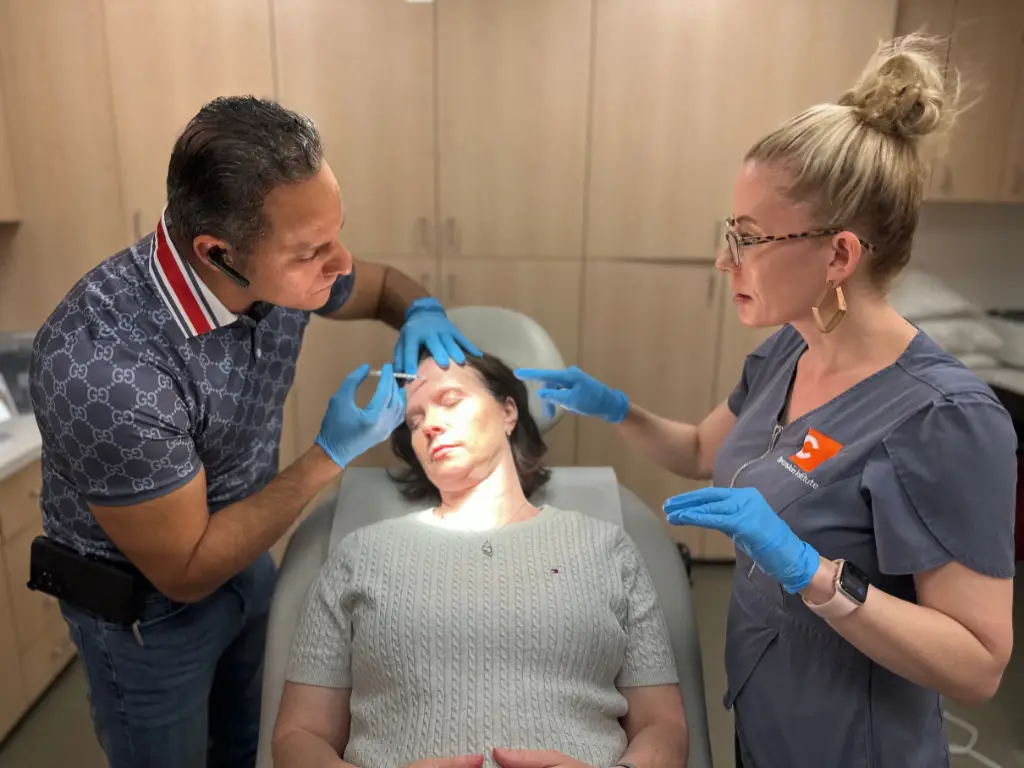Celebrating 20 Years of Training in Botox®, Aesthetic Medicine
and Medical Weight Management
Days
Hours
Minutes
Save 25% on Hands-on Botox® Training
All 2026 dates on sale. Register before December 31!
All 2026 dates on sale. Register before December 31!
A new global study carried out across 30 countries, finds 45% of people globally say that they are currently trying to lose weight. This is part of a continuing trend that was exacerbated by the COVID-19 pandemic.
The CDC estimates 41.9 percent of the U.S. population is categorized as obese.

The annual estimated medical cost of obesity in the U.S., meanwhile, is thought to be in the region of nearly $173 billion, with obese adults found to rack up $1,861 more in medical costs than those of a healthy weight.
Doctors recognize obesity as a health problem. So why is it so hard for them to talk to their patients about it? 72% of the physicians surveyed said that they lacked training to deal with issues related to weight loss.
Source: Newsweek
The biggest opportunity for growth in the Weight Loss Services industry in the US is related to the adult obesity rate, which measures the percentage of US citizens aged 20 and older whose BMI is 30.0 or higher. As the prevalence of adult obesity increases, demand for services from the Weight Loss Services industry is expected to increase.
Sources: (Medscape)
"Medical weight loss plans as a niche weight loss business have been outperforming and likely will into the future."
Source: ibisworld
Source: Harvard
Age is another factor that is important to consider when talking about obese Americans. The data supports the many anecdotal news stories about overweight Americans.
Source: CDC
| Rank | State | Obesity Rate |
|---|---|---|
| 1 | Mississippi | 40.8% |
| 2 | West Virginia | 39.7% |
| 3 | Arkansas | 37.4% |
| 4 | Oklahoma | 36.8% |
| 5 | Kentucky | 36.5% |
| 6 | Tennessee | 36.5% |
| 7 | Alabama | 36.1% |
| 8 | Michigan | 36% |
| 9 | Louisiana | 35.9% |
| 10 | South Carolina | 35.4% |
An APA Stress in America survey conducted in late February 2021 found 42% of U.S. adults reported undesired weight gain since the start of the pandemic, with an average gain of 29 pounds.
Source: RunRepeat

Not surprisingly, weight loss has been on the top of many Americans’ minds, especially with things like diet culture, popular fad diets, and social media putting pressure on people to look a certain way.
In a recent Mayo Clinic survey, however, 83% stated that physical appearance is no longer their primary motivator. In fact, their main motivation in 2022 is improving their health.
Source: National Library of Medicine
People who are trying to lose weight report multiple reasons for doing so. Here are 10 of the most commonly reported motivations, according to a study in Obesity Reviews:
"25% of Americans would consider, or have done, laser fat removal to achieve their "perfect" or ideal body."
Source: valuepenguin
Source: Valuepenguin

Source: Valuepenguin
According to worldometer, people in the U.S. have spent a total of $123.7 million on weight loss programs as of September 2021.
The Southern states have the highest adult obesity rates in the US. Americans here who purchase weight loss products spend an average of $5,176.
Source: (Trust for America’s Health)
Obesity has serious health consequences including increased risk for type 2 diabetes, high blood pressure, stroke and many types of cancers. Obesity is estimated to increase healthcare spending by $149 billion annually (about half of which is paid for by Medicare and Medicaid).
When consumers are starting a weight loss journey, it’s a natural step for them to talk to their doctor about your health conditions and healthy methods to drop pounds. Physicians are well-positioned to provide expertise and support in both inpatient and private practice settings.
Attend the most comprehensive accredited AMA PRA CAT 1 CME Botox® training weekend, learn how to create a profitable practice with the top 5 most lucrative non-invasive treatments.
Add-on GLP-1 agonists for weight loss and/or business for 4-days of comprehensive, fun CME-accredited training like none other!

Hands-on Botox® injection training is done in a clean multi-million dollar medspa, NOT in a hotel. We provide live models and product, you show up and enjoy the weekend with our expert instructors!
Scottsdale, Arizona
Save $3,605 when you become an IAPAM member and register to attend all 4-days!

Contains: Emerging trends, expert discussions, recommendations, technique comparisons… and more!
Please double check your spam/junk folder after form submission for your download link. By submitting your request you agree to receive educational and promotional emails from IAPAM. You may unsubscribe at any time.